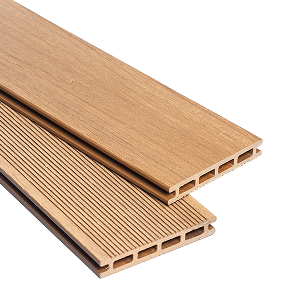
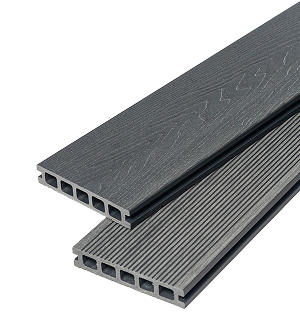
Summary
Can you paint, seal or stain your composite decking?
The Short Answer: No. We don’t recommend it.
Using a variety of different colour types (Browns, yellow, reds, blacks and greys), across different ranges of boards (Grooved – Sanded Treatment and Woodgrain – Enhanced Coating Treatment), we left the boards placed against a wall, exposed to the elements for a period of 2 years. Each board type and colour were applied with a primer, a wax-based sealant, some stains and some paints. This would give us several variables and a conclusive data set to work with for our experiment. Each week, the progress and retention of each surface applicant was observed and monitored for degradation to understand the time it took for them to wear.
Conclusion: Whilst technically possible to apply a coating to the surface of the decking, all the paints, stains, and sealants began to peel and flake within 3-6 months, ruining the visual appearance.
If you would like a more detailed explanation of our conclusion – Read the full discussion below:
Table of Contents
Discussion

Surface applicants
It is possible to apply surface applicants to uncapped decking boards. However, we don’t recommend this, as our results above have concluded. There are a lot of articles out there that explore whether you can and should do so, but we decided to investigate this ourselves for the benefit of concerned and curious customers, commonly asking the question.
It’s key to point out at this stage that our conclusion to the question focuses only on uncapped decking boards. This is because capped decking boards have a thin plastic PE (Polyethylene) layer that covers the whole board; the capped boards absorption of moisture and most liquids is minimal, therefore increasing its stain resistant properties. Some tested examples are wine, beer and grease, which cannot affect this board; any applied sealant, stain or paint wouldn’t absorb and can be removed via wiping. We do not recommend trying to apply coatings to capped boards, as this could damage the visual appeal of the board.

Surface applicants On Uncapped Board
The only type of composite decking boards that you should attempt to and will take applied stain, sealant or paint are uncapped boards; these boards are a wood fibre-based surface allowing minimal uptake and retention of liquid-based products.
So, now that we understand how both uncapped and capped decking boards react when treated, let’s explore if you can and what’s happens after several months.
If you are new to composite you might be asking the question: ‘Why would you choose to apply sealants or coatings to uncapped boards – When a key benefit of this product is you don’t ever have to paint, stain or seal composite decking?’.
The answer to this based on feedback from our valued customers is: When your decking is worn and tired, resulting from years of continued neglect and a lack of maintenance. Some of our customers love the rich colour so much, they want to almost attempt to lock it in.
Sealing Composite Decking
Decking sealant is primarily used on wooden decking to protect it against moisture. You may be wanting to lock in your current colour or enhance your uncapped composite decking moisture, either way you’re pondering the idea.
Even though you can seal composite decking, why wouldn’t we recommend it?
A few years ago, we began to research and test this theory, to clearly grasp the possibilities and explore the limits of our product – what effects or benefits might this investigation provide? The result of our testing concluded that sealant does apply to the surface immediately on application and presents, in most cases, as a wet glossy appearance.
Observations of Results - 1
1.First Glance
At first glance it appeared that applying a sealant was a success and is a viable option
2.First month
After the first month, the wax-based sealant was still performing and stuck to the board well.
3.After 3 months
After 3 months, the wax-based sealant was still sticking to the board was still visually in good condition.
4.After 6 months
After 6 months, in all cases the sealant began to peel and break off.
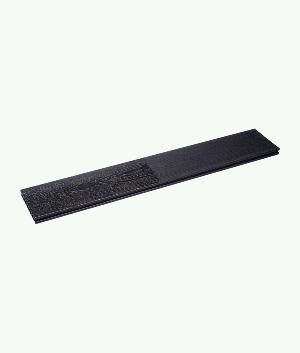
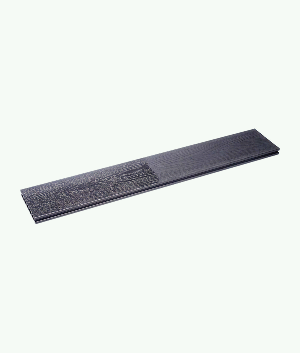

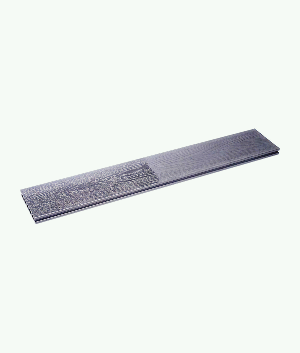
Sealing Composite Decking
Decking sealant is primarily used on wooden decking to protect it against moisture. You may be wanting to lock in your current colour or enhance your uncapped composite decking moisture, either way you�re pondering the idea.
Even though you can seal composite decking, why wouldn't we recommend it?
A few years ago, we began to research and test this theory, to clearly grasp the possibilities and explore the limits of our product - what effects or benefits might this investigation provide? The result of our testing concluded that sealant does apply to the surface immediately on application and presents, in most cases, as a wet glossy appearance.
Observations of Results - 1
1.First Glance
At first glance it appeared that applying a sealant was a success and is a viable option
2.First month
After the first month, the wax-based sealant was still performing and stuck to the board well.
3.After 3 months
After 3 months, the wax-based sealant was still sticking to the board was still visually in good condition.
4.After 6 months
After 6 months, in all cases the sealant began to peel and break off.




Staining composite decking
Can you stain composite decking?
Again, the answer is yes, but we would not recommend it. Stains are mostly applied to wooden decking; in most cases to change the colour or enhance its UV resistance. So, you may ask: �Why it wouldn't do same with uncapped composite decking?� As tested with the methods you can see above, we stained a few uncapped boards to investigate this theory and it appeared to successfully apply once more, or so we thought.
Observations of Results - 2
1.First Glance
At first glance it appeared that applying a sealant was a success and is a viable option
2.First month
After the first month, the wax-based sealant was still performing and stuck to the board well.
3.After 3 months
After 3 months, the wax-based sealant was still sticking to the board was still visually in good condition.
4.After 6 months
After 6 months, in all cases the sealant began to peel and break off.




Can You Paint Your Composite Decking?
Can You Paint Your Composite Decking?
Yes, you can. However, this wouldn't be for purposes such as to change the colour or regenerate a worn and tired decking board. You may ask: �Well, it does with wood, so why not with uncapped composite boards?�
We trialled this and the paint seemed to apply to the boards quite well.
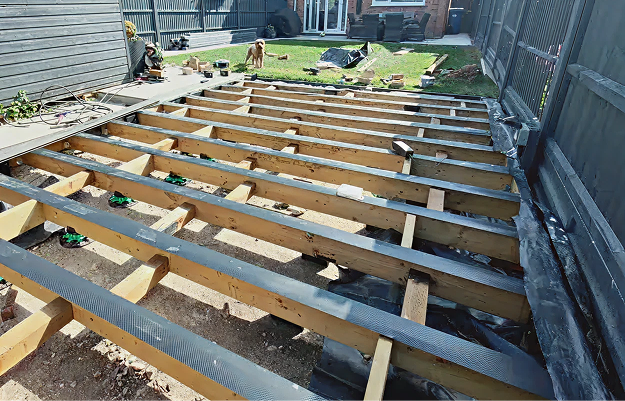
-
After One Month:
However, after only a month - dirt had begun to cling to the paint giving a filthy, grubby appearance -
After Three Months:
After 3 months all paint cracked and peeled -
The Visual Test:
We even used a primer to see if this helped. Unfortunately, the result was that the paint continued to flake or peel away.
Final Conclusions
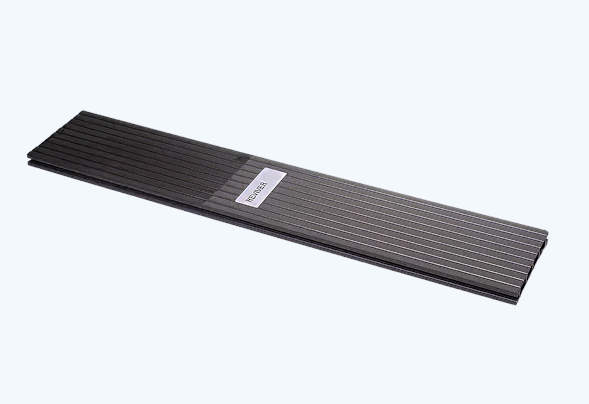
The results are in, and the boards do allow an application of all three surface coatings. Inevitably though, the results are the same after few months; the boards start to peel, flake and wear overtime.
So yes - you can - but why would you want to when these boards are designed to be maintenance resistant and your decking is looking tired and worn? The result is the same: peeling and flaking.








